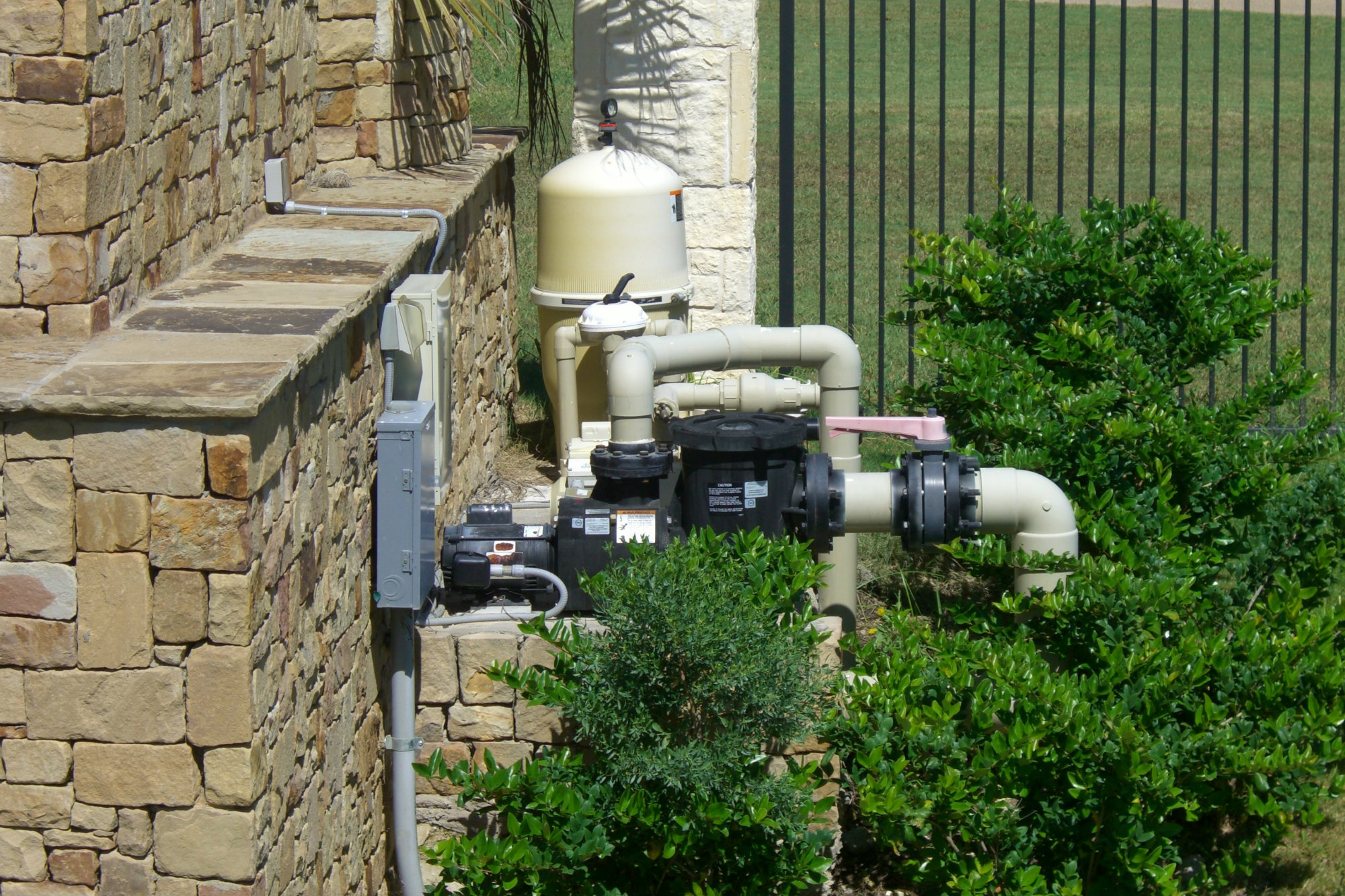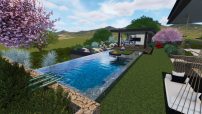Between codes, standards, safety and general best practices, there are plenty of jobs to juggle on the equipment pad.
Everything must be sized for optimal performance, with an increasing emphasis on efficiency. Electrical components must be safeguarded. All must be protected against the elements. And enclosed equipment rooms require even more attention.
While it’s true that most professionals are old hands at designing, installing and maintaining equipment pads and rooms, some of the small details can go unnoticed — including when a new standard goes into effect and brings with it unexpected collateral tasks.
Here, professionals share some of these missed steps.
Up to standard
While not new, the ANSI/APSP/ICC-15 Standard for Residential Swimming Pool and Spa Energy Efficiency is gaining traction. That comes in large part because it is named as a requirement in the International Swimming Pool and Spa Code. This means that any area that adopts the ISPSC also requires compliance with APSP-15. In addition, some jurisdictions have adopted APSP-15 on its own.
When it comes to the equipment pad, the standard will have a few effects that may catch some offguard, says Steve Barnes, Technical Committee Chairman for the Association of Pool and Spa Professionals (now the Pool & Hot Tub Alliance). One more commonly known change says that pumps must appear on a database with APSP or in the state of California to indicate that they are energy-efficient and approved for use.
However, the standard also says that the hydraulic system must be designed for a turnover rate no faster than six hours, thus slowing the water down. Additionally, water velocities in the plumbing are not to exceed 8 feet per second in the return line or 6 feet per section in the suction line.
Because lower velocities require larger plumbing, this will likely knock 11/2-inch pipe out of use for multiport valves and backwash valves. “The minimum diameter of backwash valves must be 2 inches,” Barnes says.
This also may require pool professionals to install larger filters, so that they contribute less head pressure to the system. In addition, APSP-15 requires residential filters to be sized like their commercial-pool counterparts, which also will result in larger units.
These changes only affect the filtration system itself — not pumps or filters used exclusively to generate waterfeatures, vanishing edges and the like.
Installation issues
In his work, builder and Genesis instructor Paolo Benedetti has noticed a few less-obvious requirements arise that have surprised some of his peers.
– Submerged solutions. While equipment pads might want to expand to accommodate the equipment needed for some of today’s more extensive waterscapes, available space is shrinking. This makes submerged equipment rooms an increasingly popular option, whether in vaults or rooms underneath a deck. This introduces new requirements and codes that don’t apply to your traditional outdoor equipment set.
For instance, some codes require that certain pieces of equipment be elevated with the use of housekeeping blocks or pads, or other devices.
– Alarms and sensors. When an enclosed equipment room is used, it automatically involves new codes and requirements. Paolo Benedetti, principal and designer of Aquatic Technology Pool & Spa in Morgan Hill, Calif., sometimes is required to install ozone sensors and emergency disconnects if a large-capacity ozone generator is being used. If the equipment produces a certain amount of ozone, which is generally only found on larger or commercial systems, the ozone sensors and shut-offs must be placed by each door. That way, if an alarm goes off to indicate an excess of ozone, the person responding doesn’t have to walk into the room to turn the equipment off. They should only have to reach in the door. This equipment is mounted near the floor, because ozone is heavier than air, causing it to sink.
– Be careful about going sleeveless. Be aware if your jurisdiction requires that plumbing be sleeved when encased in concrete. This is meant to protect the pipe against concrete movement, by creating a separation between concrete and the pipe.
“If the slab or building moves, then it’s not binding on the pipes,” Benedetti says.
If your jurisdiction requires sleeving and you get caught by an inspector, you may have to chip around the pipe to create a void before you pass inspection.
“It’s a real pain,” Benedetti says.
Sleeving the plumbing can be a simple process of wrapping the pipe with foam or newspaper. Benedetti prefers to use larger pipe or black corrugated drain pipe.
Maintenance tips
Service professional Ben Honadel offers the following advice for keeping equipment pads and equipment rooms safe and durable.
– Clean up when you’re done. Call it a personal pet peeve, but Honadel becomes irked if one of his techs or another company leaves dirt and debris behind, especially diatomaceous earth after a filter cleaning.
With more digital and electronic components introduced to the equipment pad, this seems like a serious problem, says the owner of Pools by Ben in Valencia, Calif.
“You wouldn’t bring your laptop out and throw dirt all over it, or have the gardener blow dirt all over it,” Honadel says. “That would ruin it. You shouldn’t do the same thing to your pool equipment.”
While electronic components such as circuit boards are fairly sturdy and made for the outdoors, they can become compromised from excess dirt, he adds, especially if it’s just staying put in a thick layer. For this reason, he trains his techs on a specific filter-cleaning procedure.
“Whenever the filter’s cleaned, the service company should bring a trash over next to the filter, take the parts out of the filter and put them right in the trash can,” he says. “Then they can roll the trash can to the front yard or the lawn someplace, take it out of the trash can, hose it all down, put it back in the trash can. Then they roll it back to the equipment pad and put the filter back together.”
– Watch chemical storage. It’s fairly common for Honadel to see a bucket of chlorine tablets placed right next to the pool system remote or breakers. But this alone can cause premature damage to the equipment on the pad, he says.
“It will corrode and eat away at all the metal,” Honadel says.
When he explains this to a customer, they’ll promise to put the chemicals in the garage. “I tell them, ‘No, let’s not ruin your car, either,’” Honadel says. “I usually tell them to place the chemicals someplace outdoors, away from any metal and in the shade. Or better yet, don’t store chemicals on your property. For that reason, we don’t sell a bucket of tabs to our clients.”



